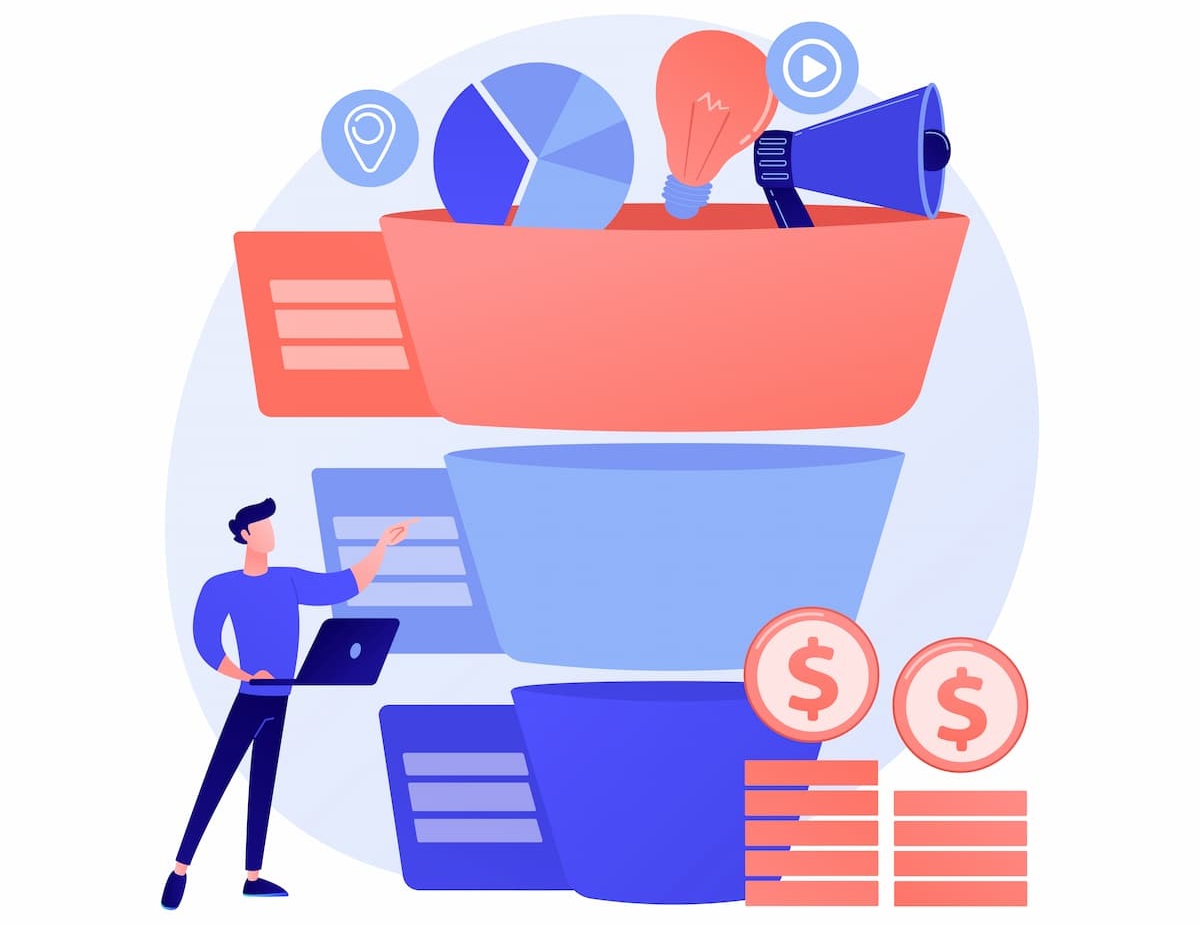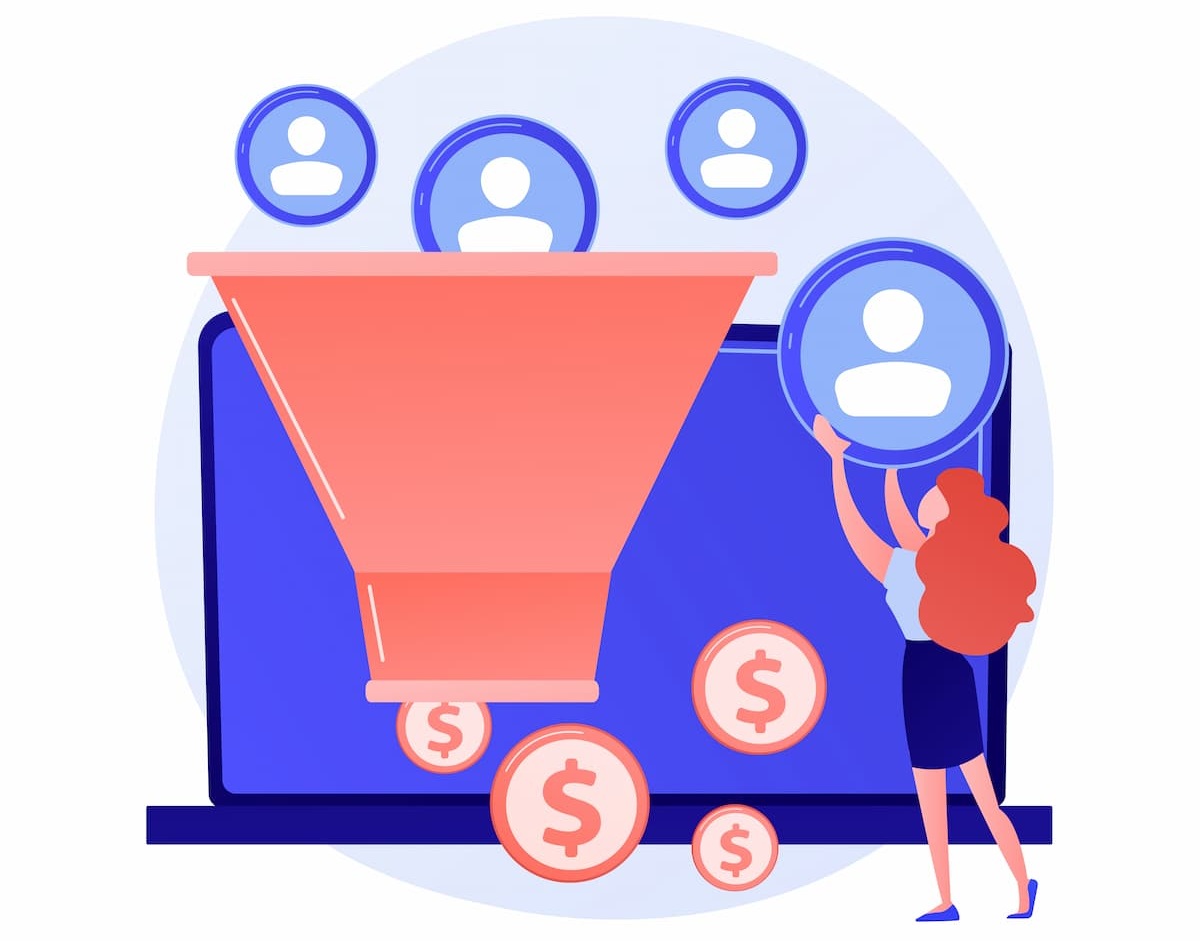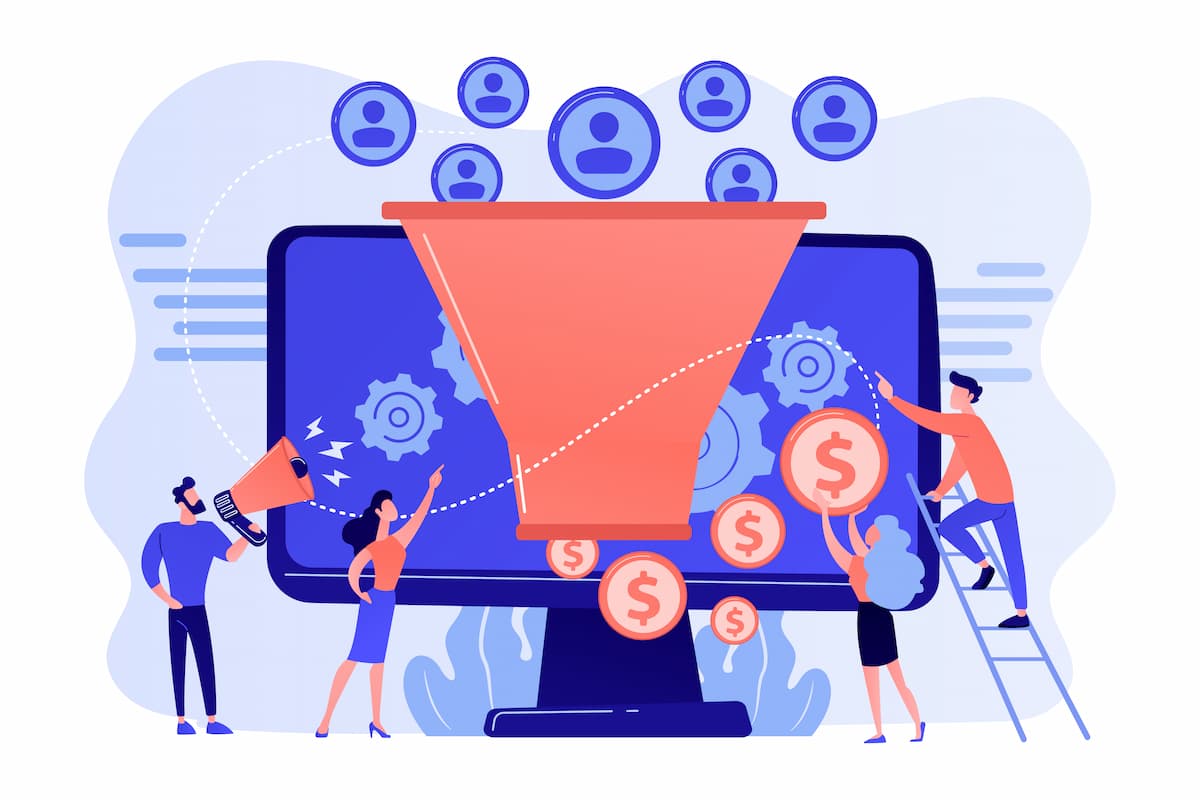In 2025, marketing professionals are facing new challenges. These include updated privacy regulations and the declining effectiveness of traditional lead generation methods. There is also a need for a personalized approach. That is why comparing the two leading strategies is becoming extremely relevant. Namely, quiz funnels (i.e., viral or diagnostic surveys) and lead magnets (traditional free tools). It is therefore worth analyzing in depth which of these strategies will deliver better conversion, better lead quality, and long-term marketing impact.
Table of Contents
Quiz Funnels and Lead Magnets
- Definition. Concept;
- Key conversion metrics;
- Process purity.
Definition. Concept
What are lead magnets? It is a static resource that is given to a visitor in exchange for their email address. Variuos types of lead magnets are usually simple and inexpensive to create, but less personalized. The best B2B lead magnets are those that:
- Solve a specific problem for a clearly defined audience;
- Showcase your expertise;
- Provide immediate value.
The best lead magnets are those that offer instant, clear value in exchange for a user’s contact info.
Quiz Funnel is an interactive quiz or assessment where the user answers questions, receives a personalized result, and only then leaves their contact details. It is a more interactive and gamified experience.
Key conversion metrics
According to Interact , the average quiz funnel converts ≈ 40% of those who start the quiz into leads. In particular, with a 65% completion rate.
Traditional lead magnets convert within a 3–10% opt-in rate for standard PDF links. So, based on this basic metric alone, quiz funnels are significantly ahead if done well.
Process purity
Ad for Marketing funnel strategies, marketers often resort to diagnosing the effectiveness of their campaigns. They do this not only to collect leads, but also to optimize the process of collecting, processing, and analyzing data.
This approach is similar to how users strive to keep their devices running smoothly. If you’ve ever thought about getting a tool to optimize your Mac, you’ve probably noticed that there are many solutions out there. However, in this paradigm, it is worth choosing a truly effective one. And this is where CleanMyMac stands out. It will be the solution that will help you clean up your system, find unnecessary files, improve overall performance, and even scan for threats.
This approach to diagnostics and optimization is surprisingly similar to the principles of building an effective quiz funnel. We will try to understand this in more detail in terms of effectiveness by comparing it with Lead Magnets.
Quiz Funnels vs Lead Magnets. Comparison of Effectiveness
- Conversion. Inbound opt-in rate;
- Lead quality. Segmentation;
- Personalization. Engagement;
- Long-term retention. Value.
Conversion. Inbound opt-in rate
Quiz funnels give a high starting percentage. Approximately 30–50% of visitors who start actually leave their email address and move on (https://www.tryinteract.com/blog/quiz-conversion-rate-report/). In comparison, traditional lead magnets only get 3–10%. This huge gap confirms that interactivity and personalization are important in attracting contacts.
Lead quality. Segmentation
Lead magnets often attract people who want something “for free,” but they may not necessarily be ready to buy. Quiz funnels, on the other hand, automatically segment the audience. User responses provide rich zero-party data. That is, data that the user intentionally provides to the brand. This allows for accurate segmentation and further personalization.
Personalization. Engagement
Quiz funnels create a personalized experience. That is, your result is exactly what you need. This is the secret to high engagement. A lead magnet is a static PDF. It does not adapt to individual needs.
Long-term retention. Value
Quiz funnels allow you to integrate automated email sequences with trigger emails according to the segment. Lead magnets, on the other hand, often lead to a single return without further targeting.
| Metric | Quiz Funnels | Lead Magnets |
|---|---|---|
| Opt-in Conversion Rate | 30–50% | 3–10% |
| Lead Quality | High – uses zero-party data, segmented | Medium – generic, often untargeted |
| Engagement | High – interactive, gamified | Low – static content |
| Personalization | Dynamic results tailored to user answers | None – same resource for all users |
| Retention Potential | High – supports segmented email sequences | Low – often ends at initial download |
| Scalability | Medium – needs more setup, but automatable | High – easy to produce and scale |
| Use Case Fit | Best for mid- to high-touch funnels | Best for early-stage, broad lead capture |
When What Works Best. A Deeper Analysis
- For e-commerce;
- For small businesses or startups;
- For B2B, consulting, SaaS.
For e-commerce
Quiz funnel helps remove the barrier of choice. That is, it suggests a product or package based on the results of a quiz. It increases the average order value and reduces returns. A lead magnet in PDF form can attract visitors, but it does not convert them into purchases as effectively.
For small businesses or startups
If you are just starting out and have a limited budget, a simple lead magnet can quickly launch an opt-in. But when you need more segmentation, a quiz funnel will allow you to scale the quality of your leads.
For B2B, consulting, SaaS
Quiz funnels are often used as an assessment tool. Assess your readiness for automation or identify the main blocker to growth. This provides qualified leads that are better prepared for sales. Lead magnets are less flexible in this regard.
Practical Tips for Creating a High-Converting Quiz Funnel
Step 1: Define your goal, audience, and outcome
Clearly state why users should take the quiz and what they will get out of it. This could be:
- Personalized results;
- Diagnostics;
- Product recommendations.
Step 2: Structural design (questions, logic, outcome)
The ideal length is 6–10 questions with logic branching. The results should be clear, specific, and have a convenient CTA.
Step 3: Design and UX
Today, users work from mobile devices, so the quiz funnel design should be responsive and attractive.
Step 4: Connect automation and email sequences
Contacts who have taken the quiz receive segmented emails:
- A welcome message;
- Educational content based on the results;
- Then a soft product/service offer.
Step 5: Testing and optimization
A/B testing of headlines, questions, CTAs. Analysis of:
- Quiz start rate;
- Completion rate;
- Conversion rate;
- Post-quiz revenue.
Conclusion
Based on the comparison, in 2025 quiz funnels will convert better, especially when it comes to:
- High opt-in rates;
- Interactivity and user engagement;
- Higher lead quality through personalization and segmentation;
- Long-term marketing value through automation.
However, in some cases, a traditional lead magnet can be an effective start. Especially when the budget is limited or you need to generate initial contacts quickly. The ideal approach is a smart combination. Use a lead magnet for basic engagement. Then gradually move your audience to quiz funnels to improve lead quality and personalization.
Start with a simple lead magnet and test your audience. Then develop a quiz funnel and optimize it for specific segments. Integrate email automation. Measure all key metrics, continuously A/B test, and improve. This approach will help you achieve the best results.


